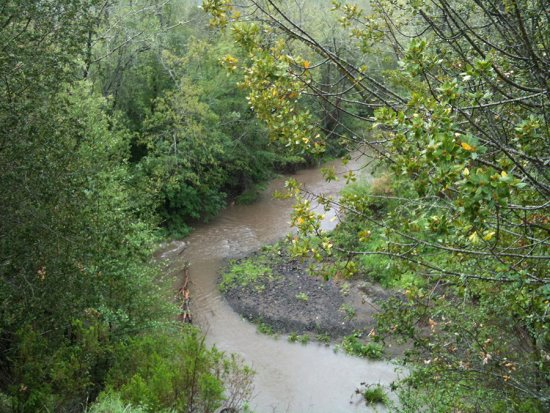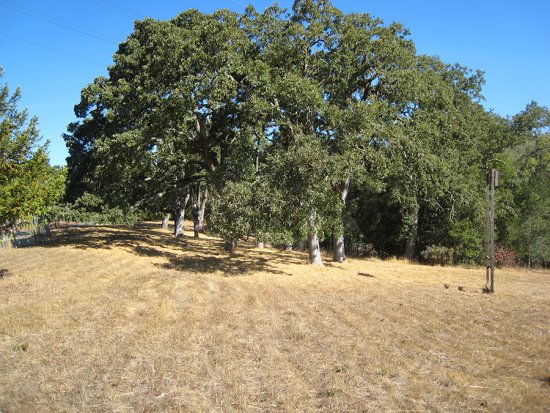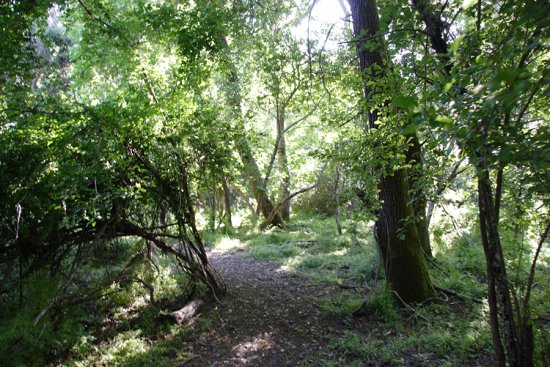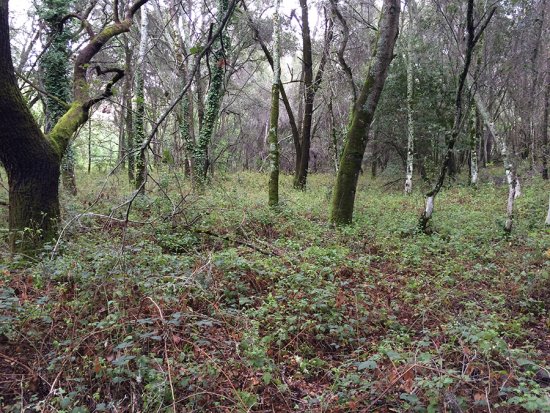 | | | Riparian Ecosystem Photos Toris Jaeger | | | | | | We are fortunate to have six ecosystems in Lamorinda: Oak Woodlands, Grasslands, Wetlands, Riparian, Mixed Woodland and Chaparral. We also have Mount Diablo close by and the ocean is a short distance from here. To explore and discover the wonders of the desert would be a journey.
 Each ecosystem has plants and animals that identify it and provide essential habitat for these plants and animals.
Each ecosystem has plants and animals that identify it and provide essential habitat for these plants and animals.
 The Oak Woodlands provide over 50% of all life in nature with what is needed to survive, and we have some of the most beautiful and oldest Oaks in our area.
The Oak Woodlands provide over 50% of all life in nature with what is needed to survive, and we have some of the most beautiful and oldest Oaks in our area.
 Grasslands were at one time all native grasses but now we have the "carpet grass" throughout California. Many animals like the deer and rodents eat the grass and many insects call the grass their home.
Grasslands were at one time all native grasses but now we have the "carpet grass" throughout California. Many animals like the deer and rodents eat the grass and many insects call the grass their home.
 The Wetlands provide habitat for all forms of aquatic insects, frogs, turtles and water fowl and you will find Cattail and Tule growing in our ponds and lakes.
The Wetlands provide habitat for all forms of aquatic insects, frogs, turtles and water fowl and you will find Cattail and Tule growing in our ponds and lakes.
 The Riparian habit is very dramatic and provides a place for animals, birds to drink and eat. It also provides an essential habitat for our fish. There are many different trees that grow along a creek like Willow, Alder, Buckeye, Black Walnut and Big Leaf Maple. And there are a variety of shrubs like Ninebark and Dogwood that you will find growing along the banks.
The Riparian habit is very dramatic and provides a place for animals, birds to drink and eat. It also provides an essential habitat for our fish. There are many different trees that grow along a creek like Willow, Alder, Buckeye, Black Walnut and Big Leaf Maple. And there are a variety of shrubs like Ninebark and Dogwood that you will find growing along the banks.
 Of course, there are ferns, Horsetail, Yerba Buena, Native and Non-Native Blackberry there as well.
Of course, there are ferns, Horsetail, Yerba Buena, Native and Non-Native Blackberry there as well.
 The Mixed Woodland above the creek beds provides habitat for a variety of tree species like Bay, Madrone, Toyon, Manzanita and Gray Pine. Animals use the Mixed Woodland like a freeway or passage trail to come into and pass out of areas. You may see several different animals travel along this route.
The Mixed Woodland above the creek beds provides habitat for a variety of tree species like Bay, Madrone, Toyon, Manzanita and Gray Pine. Animals use the Mixed Woodland like a freeway or passage trail to come into and pass out of areas. You may see several different animals travel along this route.
 The Chaparral Ecosystems before the non-Native peoples arrived in California were the farthest from the Wetlands and Riparian areas. In Lamorinda this area is in the hills where the plant Coyote Brush and the animal it was named after can be found.
The Chaparral Ecosystems before the non-Native peoples arrived in California were the farthest from the Wetlands and Riparian areas. In Lamorinda this area is in the hills where the plant Coyote Brush and the animal it was named after can be found.
 Coyote Brush has fallen into disfavor with our fire departments but it is essential for the insects to use as habitat.
Coyote Brush has fallen into disfavor with our fire departments but it is essential for the insects to use as habitat.
 A personal request of mine is that we learn to live with Coyote Brush and its name's sake, the coyote. Coyotes - as well as the owls and hawks and falcons - eat and control the rodent overpopulation in our area.
A personal request of mine is that we learn to live with Coyote Brush and its name's sake, the coyote. Coyotes - as well as the owls and hawks and falcons - eat and control the rodent overpopulation in our area.
 I encourage you to get out in your Ecosystems and identify them by their plants and animals.
I encourage you to get out in your Ecosystems and identify them by their plants and animals.
 I promise you won't be disappointed.
I promise you won't be disappointed. |



